
Copernical Team
SEAKR Engineering Demonstrates Optical Communications on DARPA's Mandrake 2 Satellites
 SEAKR Engineering, LLC, a wholly-owned subsidiary of Raytheon Technologies, announced a successful demonstration of optical inter-satellite links between two Defense Advanced Research Projects Agency Mandrake 2 satellites. During the first test, more than 280 gigabits of data were transferred at a range of 114 kilometers during a period of more than 40 minutes.
"This was a demonstration no
SEAKR Engineering, LLC, a wholly-owned subsidiary of Raytheon Technologies, announced a successful demonstration of optical inter-satellite links between two Defense Advanced Research Projects Agency Mandrake 2 satellites. During the first test, more than 280 gigabits of data were transferred at a range of 114 kilometers during a period of more than 40 minutes.
"This was a demonstration no Updating our understanding of Earth's architecture
 New models that show how the continents were assembled are providing fresh insights into the history of the Earth and will help provide a better understanding of natural hazards like earthquakes and volcanoes.
"We looked at the current knowledge of the configuration of plate boundary zones and the past construction of the continental crust," said Dr Derrick Hasterok, Lecturer, Department o
New models that show how the continents were assembled are providing fresh insights into the history of the Earth and will help provide a better understanding of natural hazards like earthquakes and volcanoes.
"We looked at the current knowledge of the configuration of plate boundary zones and the past construction of the continental crust," said Dr Derrick Hasterok, Lecturer, Department o Asteroid samples contain 'clues to origin of life': Japan scientists
 Asteroid dust collected by a Japanese space probe contains organic material that shows some of the building blocks of life on Earth may have been formed in space, scientists said Friday.
Pristine material from the asteroid Ryugu was brought back to Earth in 2020 after a six-year mission to the celestial body around 300 million kilometres away.
But scientists are only just beginning to di
Asteroid dust collected by a Japanese space probe contains organic material that shows some of the building blocks of life on Earth may have been formed in space, scientists said Friday.
Pristine material from the asteroid Ryugu was brought back to Earth in 2020 after a six-year mission to the celestial body around 300 million kilometres away.
But scientists are only just beginning to di Earth from Space: Singapore

This radar image, captured by the Copernicus Sentinel-1 mission, shows us the only city-island-nation – Singapore – and one of the busiest ports in the world.
Watch live: first impressions of Gaia data release 3
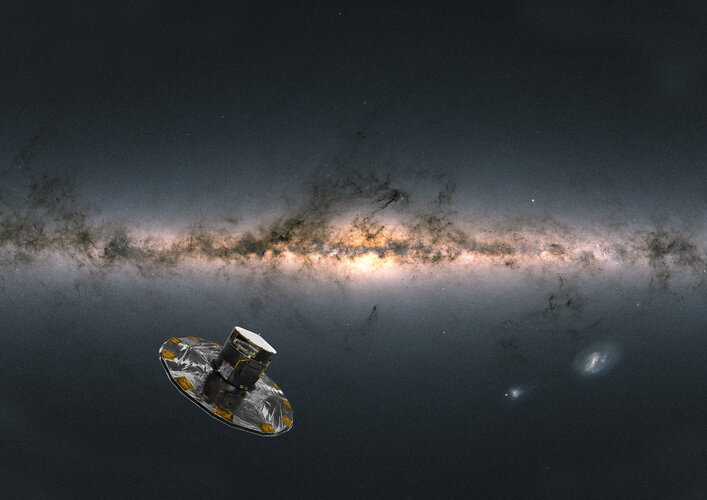
Join European Space Agency and Gaia mission representatives on Monday 13 June for a preview of the third major data release. This world-class treasure trove is set to reveal new insights into our Solar System, our Milky Way galaxy, and our wider cosmic neighbourhood.
The face of Galileo
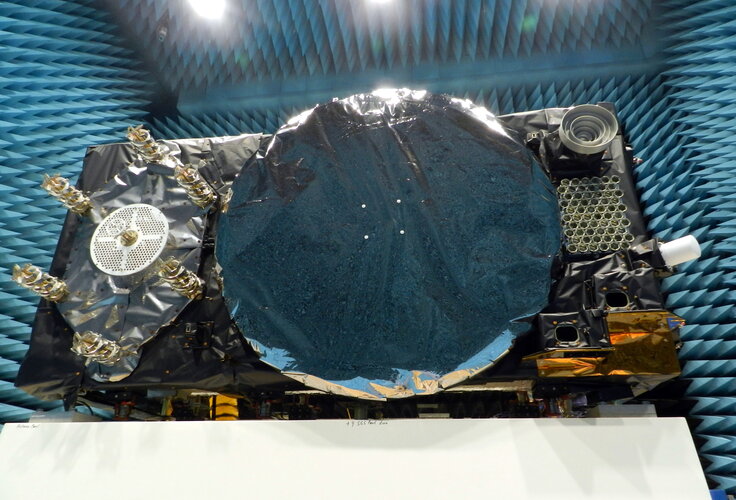 Image:
The face of Galileo
Image:
The face of Galileo James Webb telescope hit by micrometeoroid: NASA
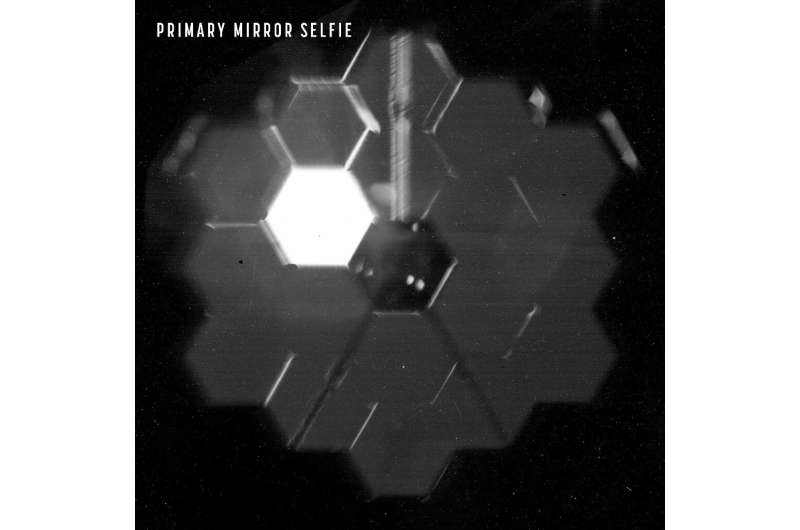
A mirror on the James Webb Space Telescope was struck by a micrometeoroid last month but is expected to continue to function normally, NASA said Thursday.
"After initial assessments, the team found the telescope is still performing at a level that exceeds all mission requirements despite a marginally detectable effect in the data," the US space agency said.
"Webb's beginning-of-life performance is still well above expectations, and the observatory is fully capable of performing the science it was designed to achieve," it added.
One of the space observatory's primary mirror segments suffered an impact from a micrometeoroid, which tend to be smaller than a grain of sand, between May 23 and 25.
Scheduling NASA's Webb telescope's science
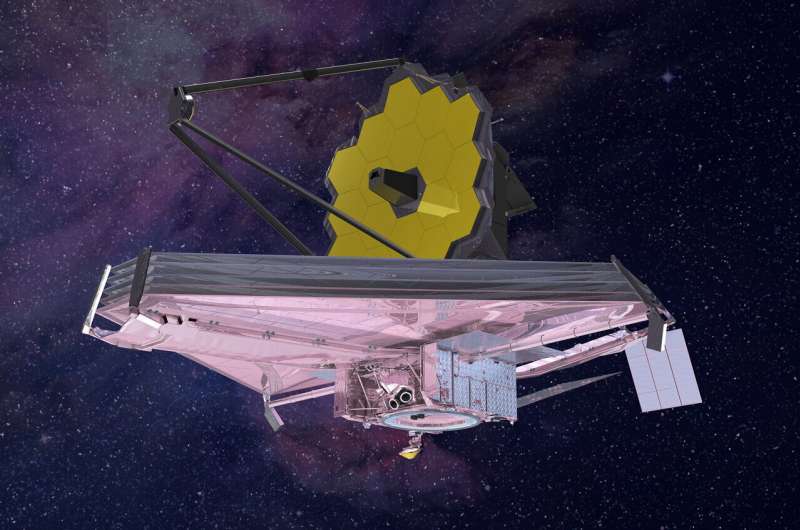
In the lead-up to the release of Webb's first full-color images and spectroscopic data on July 12, the Webb team is now in the last phase of commissioning the science instruments. The first two instrument modes, NIRCam imaging and NIRISS imaging, have been declared ready for science; watch the "Where is Webb" page as the team works their way through the other 15 instrument modes.
After commissioning is finished, the fun—and discoveries—will start: implementing the hundreds of peer-reviewed science programs that have been selected for Webb's first year. The area on the sky that Webb can see at any given time is called the field of regard. Deciding which observations to make on which day is a complicated process designed to optimize observational efficiency and manage the observatory's resources. We asked Christine Chen, science policies group lead at the Space Telescope Science Institute (STScI), to tell us how Webb's schedule comes together.
"Webb will soon transition from commissioning to regular operations when Webb's time will be devoted to scientific observations," said Christine Chen, Webb science policies group lead, Space Telescope Science Institute, Baltimore, Maryland.
NASA gets serious about UFOs
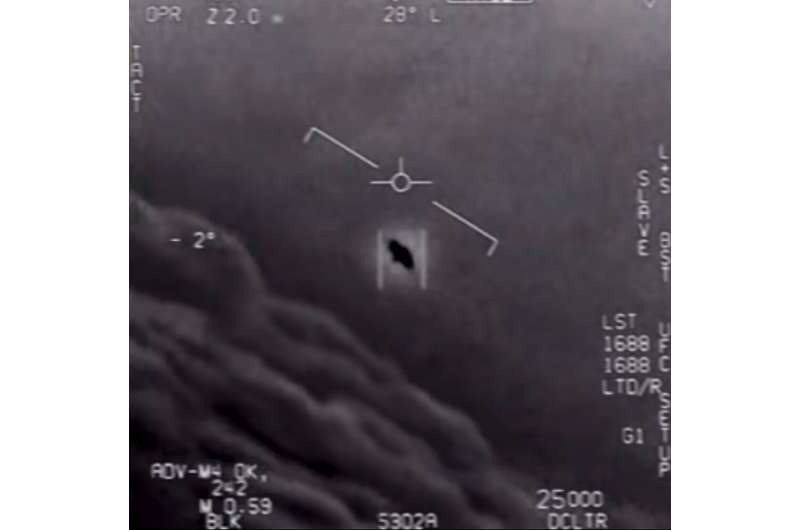
NASA is officially joining the hunt for UFOs.
The space agency on Thursday announced a new study that will recruit leading scientists to examine unidentified aerial phenomena—a subject that has long fascinated the public and recently gained high-level attention from Congress.
The project will begin early this fall and last around nine months, focusing on identifying available data, how to gather more data in future, and how NASA can analyze the findings to try to move the needle on scientific understanding.
NASA has purchased five more Crew Dragon missions, keeping the ISS going until 2030
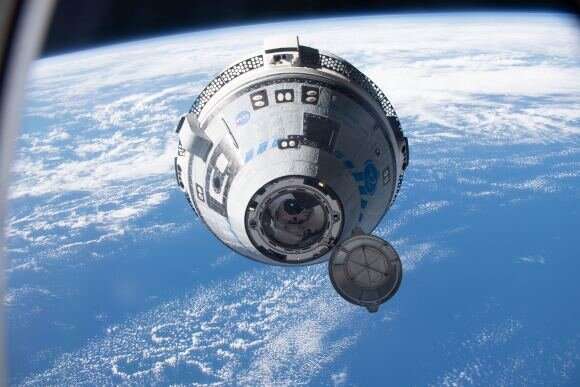
On November 15th, 2020, NASA and SpaceX made history when a crewed spacecraft—the Crew Dragon Resilience—lifted off from American soil and delivered four astronauts to the International Space Station (ISS). This mission (designated Crew-1) was a culminating achievement for NASA's Commercial Crew Program (CCP) and effectively restored domestic launch capability to the U.S. for the first time since the Space Shuttle's retirement in 2011. As of April, SpaceX's launch vehicles and spacecraft were used to mount the first all-private Axiom Mission-1 and the fourth flight of the CCP (Crew-4).
Building on this success, NASA recently filed a notice of intent (NOI) to purchase five additional Crew Dragon spacecraft. This decision is based in large part on the delays suffered by Boeing—NASA's other CCP commercial partner—and the development of its CST-100 Starliner spacecraft.
